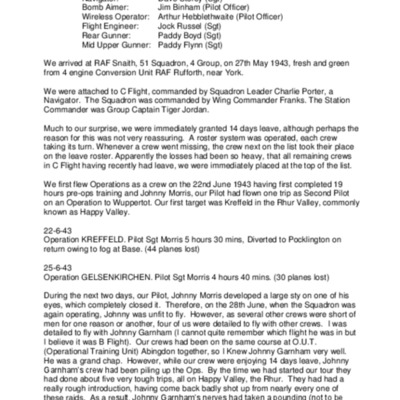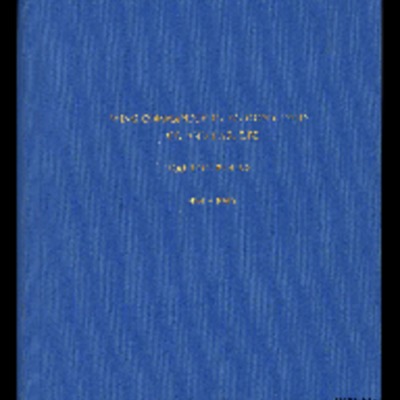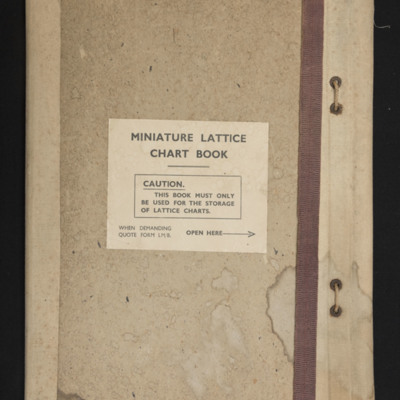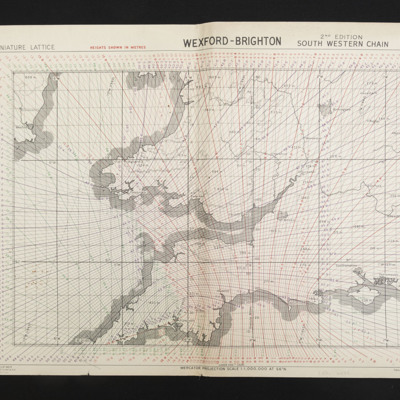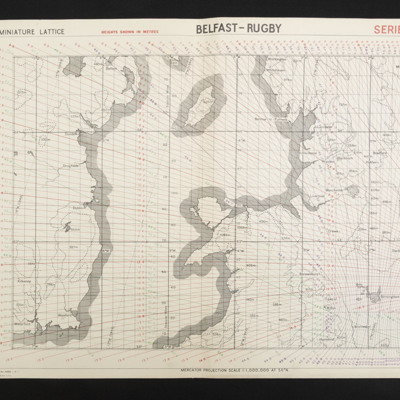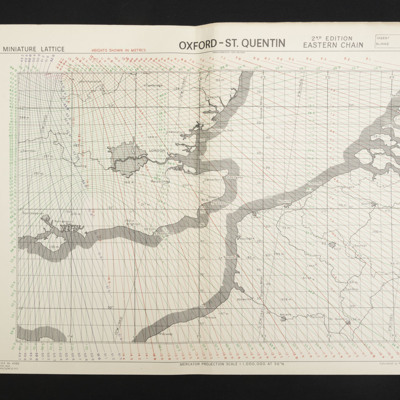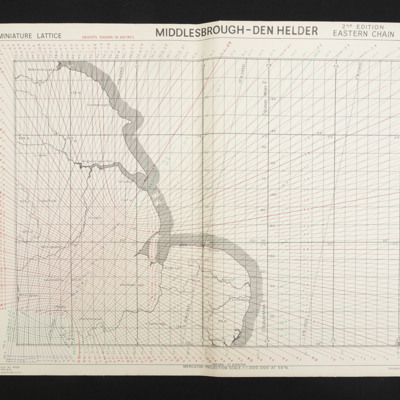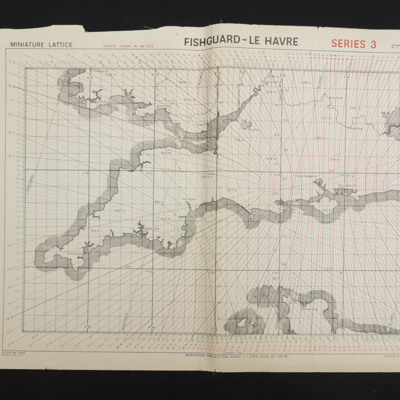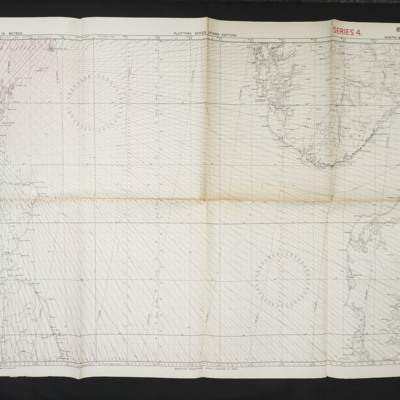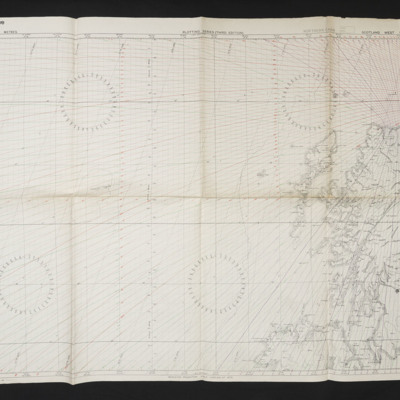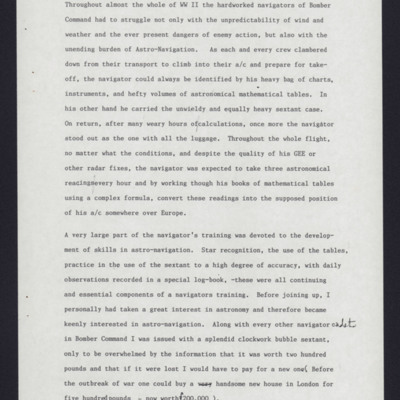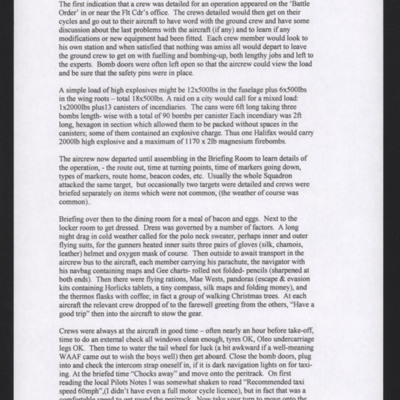Browse Items (235 total)
- Tags: Gee
Interview with Ray Parke. One
Tags: 218 Squadron; African heritage; aircrew; bombing; bombing of Dresden (13 - 15 February 1945); displaced person; flight engineer; Gee; Lancaster; military service conditions; Operational Training Unit; P-51; perception of bombing war; RAF Chedburgh; RAF Methwold; RAF Silverstone; RAF St Athan; Stirling; training; Wellington
Interview with Arthur Pocklington
Interview with Gwynne Price
Tags: 195 Squadron; 35 Squadron; aircrew; bomb struck; bombing; C-47; crewing up; faith; flight engineer; Gee; Goodwill tour of the United States (1946); Ju 88; Lancaster; Lincoln; memorial; military living conditions; military service conditions; Nissen hut; Operation Dodge (1945); Operation Exodus (1945); Operation Manna (29 Apr – 8 May 1945); Pathfinders; perception of bombing war; RAF Colerne; RAF Graveley; RAF Wratting Common; searchlight; training; Wellington; Window
Interview with Harry Rossiter
Tags: 115 Squadron; Advanced Flying Unit; Air Gunnery School; air sea rescue; aircrew; bombing; bombing of Nuremberg (30 / 31 March 1944); Defiant; Dominie; entertainment; fear; Gee; Lancaster; memorial; Morse-keyed wireless telegraphy; Operation Manna (29 Apr – 8 May 1945); perception of bombing war; Proctor; RAF Barrow in Furness; RAF Madley; RAF Millom; RAF Witchford; RAF Yatesbury; training; Window; wireless operator
Interview with Francis Neville Selwood
Interview with Norman Shakesby
Interview with Peter Steward
Interview with Frank Tilley
Interview with Kenneth William Trueman
Tags: 640 Squadron; aircrew; bale out; bombing; bombing of the Normandy coastal batteries (5/6 June 1944); crash; crewing up; evading; final resting place; Gee; ground personnel; H2S; Halifax; intelligence officer; lack of moral fibre; navigator; Normandy campaign (6 June – 21 August 1944); RAF Halfpenny Green; RAF Leconfield; RAF Llandwrog; RAF Lossiemouth; Resistance; Scarecrow; Schräge Musik; shot down; training; V-1; V-weapon
Interview with Henry Wolfe Wagner. One
Interview with Norman Edward Wilkins
If you can't take a joke...
Tags: 16 OTU; 1657 HCU; 622 Squadron; 84 OTU; Advanced Flying Unit; Anson; Battle; Blenheim; briefing; Distinguished Flying Cross; flight mechanic; Flying Training School; Fw 190; Gee; ground crew; H2S; Harvard; Heavy Conversion Unit; Initial Training Wing; lack of moral fibre; Lancaster; Lancaster Finishing School; Me 109; mechanics engine; military service conditions; Operational Training Unit; Oxford; perception of bombing war; RAF Bridgnorth; RAF Cranage; RAF Desborough; RAF Desford; RAF Feltwell; RAF Heaton Park; RAF Hednesford; RAF Llandwrog; RAF Mildenhall; RAF Paignton; RAF Penrhos; RAF Shepherds Grove; RAF Silloth; RAF Silverstone; RAF South Cerney; RAF Stradishall; RAF Torquay; RAF Upper Heyford; RCAF Moncton; sanitation; Stirling; strafing; training; Wellington; Whitley
David and the RAF
Tags: 100 Group; 149 Squadron; 15 OTU; 156 Squadron; 1667 HCU; 192 Squadron; 3 Group; 57 Squadron; aircrew; Anson; Bennett, Donald Clifford Tyndall (1910-1986); bombing; crash; Distinguished Flying Cross; Distinguished Service Order; FIDO; forced landing; Gee; Halifax; Halifax Mk 3; Heavy Conversion Unit; Hudson; Ju 88; Lancaster; Me 109; Mosquito; Operational Training Unit; P-38; Pathfinders; pilot; propaganda; RAF Brize Norton; RAF Evanton; RAF Faldingworth; RAF Feltwell; RAF Foulsham; RAF Hampstead Norris; RAF Harwell; RAF Lindholme; RAF Mildenhall; RAF Warboys; RAF West Raynham; target indicator; training; Wellington; Window
David Philip Storey's operations
This item was provided, in digital form, by a…
Tags: 158 Squadron; 51 Squadron; aircrew; anti-aircraft fire; bombing; bombing of Hamburg (24-31 July 1943); bombing of Kassel (22/23 October 1943); Bombing of Peenemünde (17/18 August 1943); fear; Gee; Halifax; Halifax Mk 2; Halifax Mk 3; Heavy Conversion Unit; Me 109; navigator; Operational Training Unit; Pathfinders; radar; RAF Abingdon; RAF Kinloss; RAF Lissett; RAF Pocklington; RAF Rufforth; RAF Snaith; RAF Worksop; training; V-1; V-2; V-weapon; Wellington; Window; wireless operator
David Donaldson's pilot's flying log book. One
Tags: 100 Group; 149 Squadron; 15 OTU; 156 Squadron; 1667 HCU; 192 Squadron; 57 Squadron; Air Observers School; aircrew; Anson; bombing; Bombing and Gunnery School; Cook’s tour; Distinguished Flying Cross; Distinguished Service Order; Flying Training School; Gee; Halifax; Heavy Conversion Unit; Hudson; Lancaster; Magister; Operational Training Unit; Oxford; Pathfinders; pilot; Proctor; RAF Brize Norton; RAF Evanton; RAF Feltwell; RAF Foulsham; RAF Hampstead Norris; RAF Harwell; RAF Lindholme; RAF Mildenhall; RAF Warboys; RAF West Raynham; RAF Wyton; Tiger Moth; training; Wellington
The Awful End of Astro
Tags: 4 Group; 51 Squadron; 578 Squadron; African heritage; aircrew; arts and crafts; bombing; Gee; H2S; navigator; RAF Burn; RAF Snaith


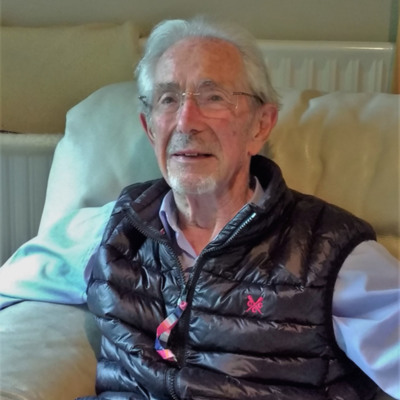
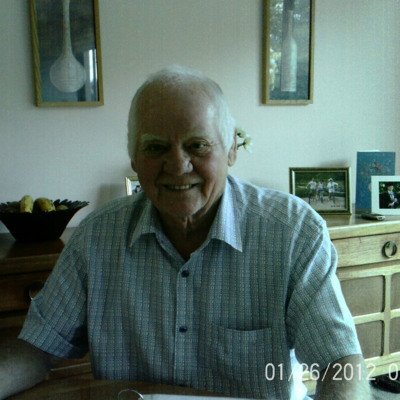
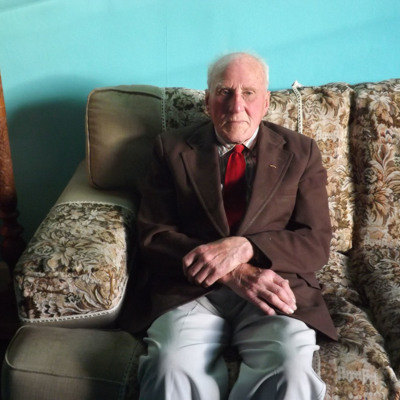
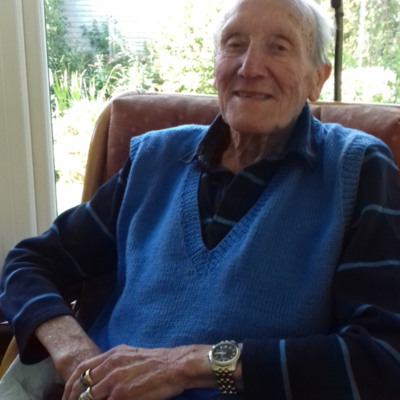

![[1]DAVID AND THE RAF2 (2).pdf [1]DAVID AND THE RAF2 (2).pdf](https://ibccdigitalarchive.lincoln.ac.uk/omeka/files/square_thumbnails/1213/11929/[1]DAVID AND THE RAF2 [2].jpg)
